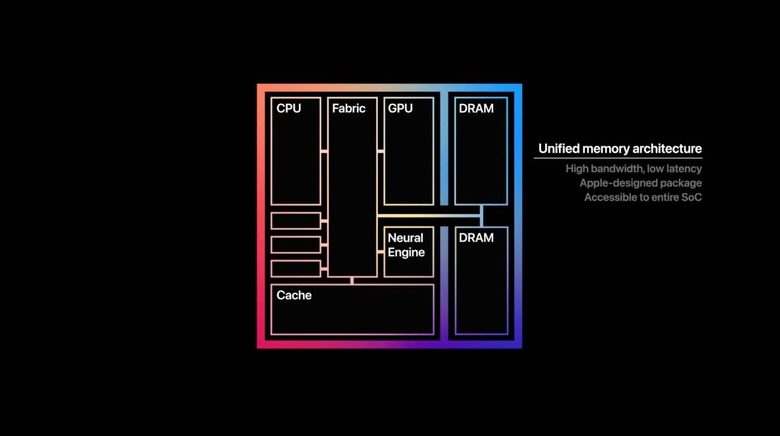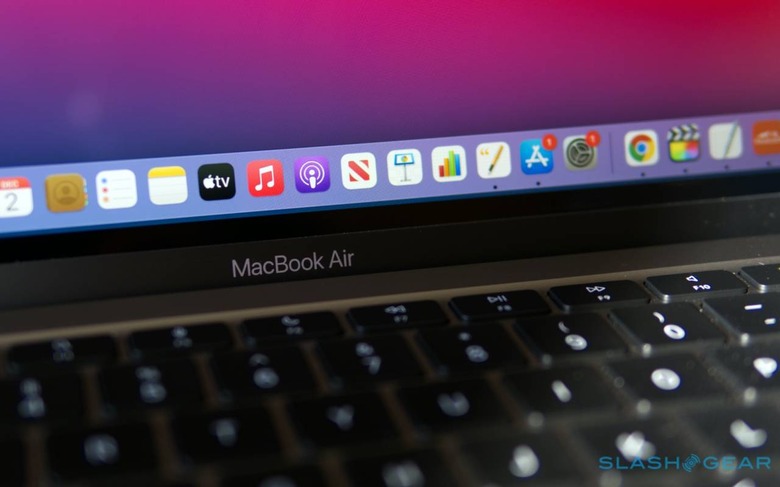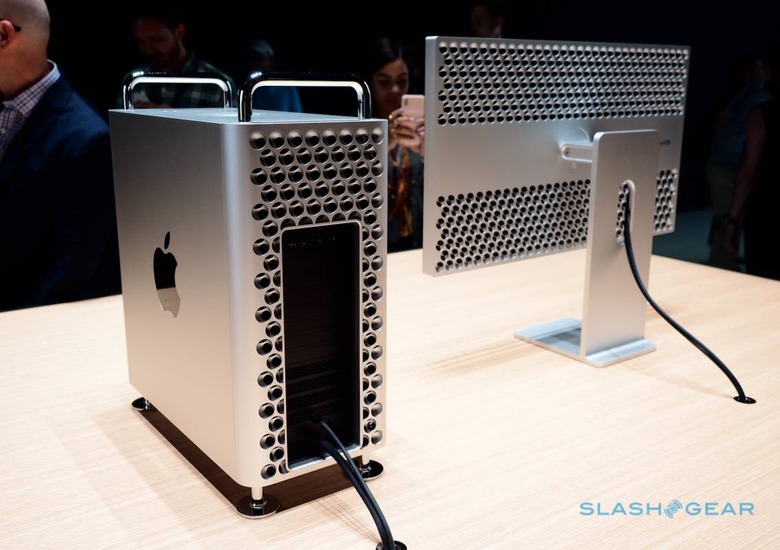Apple Silicon roadmap leak gives power-users good news
The M1 chipset in the new MacBook Air may have wowed, but the Apple Silicon roadmap includes designs with up to 32 cores, it's reported, as the most potent Mac Pro prepares to abandon Intel. Apple's two year transition of its Mac range from Intel's x86 processors to custom Arm-based silicon of its own design was already known to be aggressive, but new leaks suggest it's going all-in to maximize performance.
Expectations were high for the first models from Apple's lineup to use the so-called Apple Silicon. The new MacBook Air, 13-inch MacBook Pro, and Mac mini all use variations on the same Apple M1 chipset, with eight CPU cores and up to eight GPU cores. As we found in our review of the M1 MacBook Air, initial concerns around factors like memory allowance turned out to not be the bottleneck skeptics worried they might.
Still, there's a gulf between the sort of applications those in the market for an ultraportable notebook have in mind, and those demanded of a professional desktop like Apple's flagship Mac Pro. The M1 – a close relation to the Apple A14 Bionic found in recent iOS and iPadOS devices – is only the first of a series of Apple Silicon chipsets, Apple has confirmed. Although official details of what comes next haven't been released, that hasn't stopped the leaks.

Next up, Bloomberg reports, will be Apple Silicon upgrades for the MacBook Pro, entry- and high-end iMac all-in-one desktops, and then finally a new Mac Pro. The new notebooks could arrive as soon as spring 2021, it's suggested, with other products later in the fall. The Mac Pro is likely to come last, it's indicated, as Apple ramps up to its most potent chipset.
Currently in development is a more powerful version of the M1, it's said, which the new MacBook Pro and iMac models will use. Apple is supposedly working on designs with up to 16 so-called power cores – which will be responsible for the most significant processing tasks – along with four efficiency cores. The latter aren't as capable in terms of sheer performance, but have significantly lower power consumption so as to minimize the hit on battery life and cut heat output for tasks that don't require maximum CPU speed.
On possibility is that Apple could use different versions of that 16-core chipset, for different models. On the one hand, that would allow for flexibility in positioning and pricing: by enabling only 8 or 12 of the cores, for example, it could use the same basic silicon for more affordable MacBook Pro or iMac models.

However, it could also be useful for maximizing yield. The entry-level M1 MacBook Air, for instance, has a 7-core GPU rather than the 8-core GPU of its M1-based counterparts. That's widely believed to be a way for Apple to use chips that were manufactured with slightly lower performance – a process known as binning – rather than discarding them.
It won't just be CPU that Apple is focusing on. Upcoming Apple Silicon chipsets for high-end laptops and mid-range desktops, it's rumored, could have 16- or 32-core GPUs for maximum graphics capabilities.
It's unclear how much distance the Apple Silicon MacBook Pro and iMac models will add between the external design of their Intel predecessors. Although the chipset architecture was different inside, the new MacBook Air, MacBook Pro 13-inch, and Mac mini look almost identical to their Intel counterparts; the decision is believed to have been one of convenience, with Apple focusing on internal hardware changes and maximizing speed to market. Down the line, the company is expected to experiment more with new form-factors, though it's unclear if that will replace or augment models in the current range.

As for Apple's most powerful models, for those we'll have to wait until later in 2021 for an Apple Silicon upgrade. The company is said to be working on chipset designs with up to 32 performance cores, which it has in mind for its Macs most popular with power users. Late 2021 or early 2022 could see 64- and even 128-core GPUs as well.
We're expecting to see chipsets like those used in the Mac Pro, which launched late last year in its third generation. However Apple is also said to be planning a smaller version for power-users that don't require so much chassis space. The rumored half-sized Mac Pro could launch by 2022.
